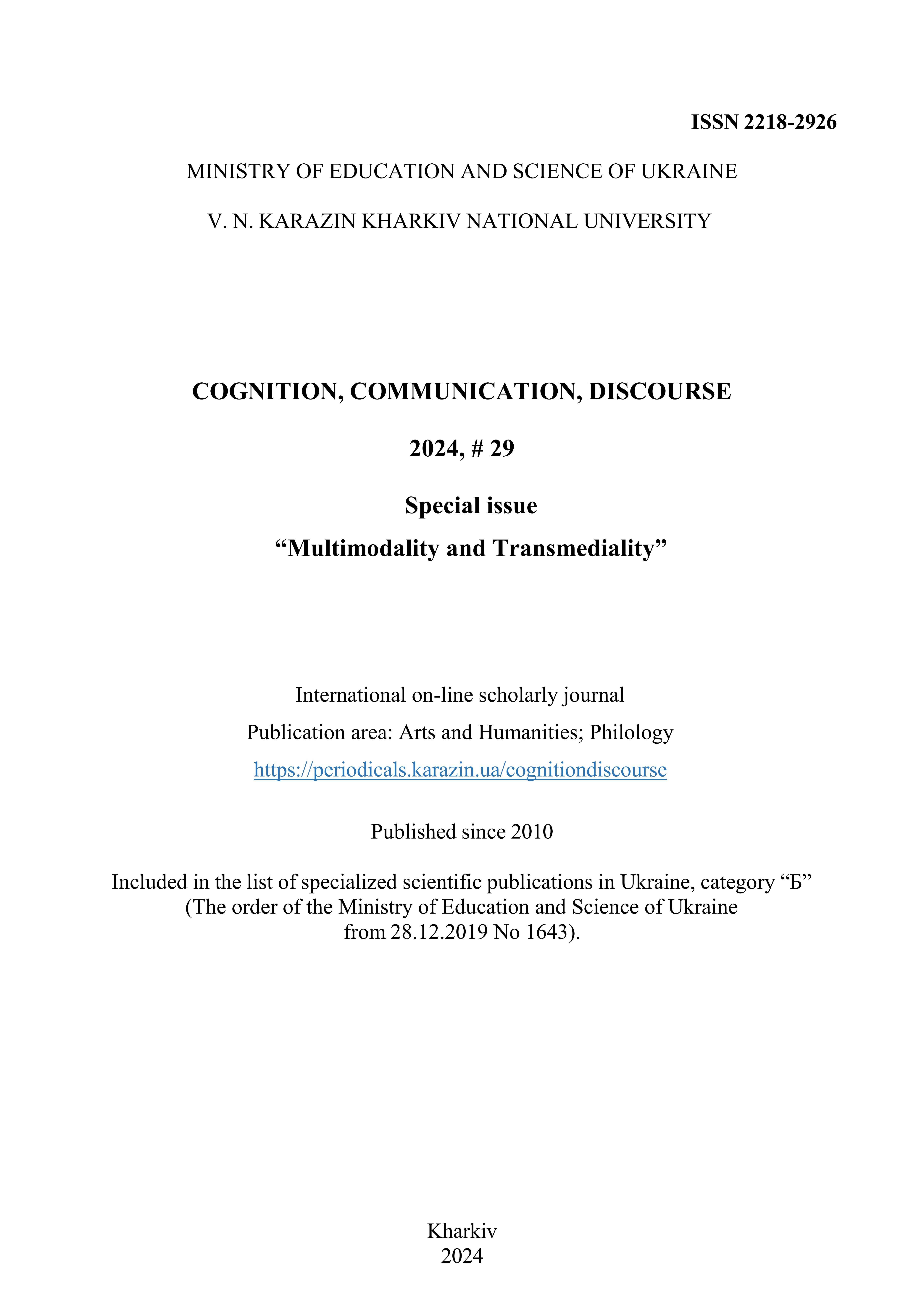Multimodal, transmedial, and trans-European perspectives for online language teaching and learning: II YUFE – Ukraine seminar
Abstract
This review explores the Second YUFE – Ukraine seminar, held from November 12th to 14th, 2024. Young Universities for the Future of Europe is a European University alliance of 10 higher education institutions. Hosted by the University Centre for Foreign Languages at Nicolaus Copernicus University in Toruń—one of Poland’s largest state universities—and supported by the Polish National Agency for Academic Exchange (NAWA), the seminar marked a significant trans-European collaboration. This event brought together foreign language educators and researchers from Poland, Ukraine, Cyprus, Finland, Georgia, and Belgium, focusing on the theme of online language teaching and learning, which underscored its relevance.
Although multimodal and transmedial teaching and learning practices have become popular for ESL and other educational contexts, several additional questions have emerged, including the development of students’ multimodal literacy through online learning, the need for a more critical approach to the assessment of student achievements, and a focus on fostering both professional skills and cultural and social values among students.
The event centered on the application of modern multimodal and transmedial tools in teaching foreign languages and translation. These tools include digital technologies such as H5P, ChatGPT, augmented reality, artificial intelligence, as well as innovative pedagogical approaches like project-based learning and design thinking. Discussions culminated in identifying prospects for joint international projects, particularly in teaching business English (ESP) and English for Academic Purposes (EAP). The proposed initiatives aim to involve students from various European partner universities in collaborative language education.
Downloads
References
Fleming, L. (2013). Expanding learning opportunities with transmedia practices: Inanimate Alice as an exemplar. Journal of media literacy education, 5(2), 370-377. https://doi.org/10.23860/jmle-5-2-3
van Leeuwen, T. (2015). Multimodality in education: Some directions and some questions. TESOL Quarterly, 49(3), 582-589. https://doi.org/10.1002/tesq.242
Rodrigues, P., & Bidarra, J. (2016). Transmedia storytelling as an educational strategy: A prototype for learning English as a second language. International Journal of Creative Interfaces and Computer Graphics (IJCICG), 7(2), 56-67. https://doi.org/10.4018/IJCICG.2016070105
Sánchez-Caballé, A., & González-Martínez, J. (2023). Transmedia learning: fact or fiction? A systematic review (Aprendizaje transmedia: ¿realidad o ficción? Una revisión sistemática). Culture and Education, 35(1), 1-32. https://doi.org/10.1080/11356405.2022.2121
Tombleson, B. (2024). Transmedia learning: A literature review. Technology, Pedagogy and Education, 33(2), 255-269. https://doi.org/10.1080/1475939X.2024.2310681
Copyright (c) 2024 Winska Joanna, Shevchenko Iryna

This work is licensed under a Creative Commons Attribution-NonCommercial-NoDerivatives 4.0 International License.
Authors, who publish with this journal, accept the following conditions:
The authors reserve the copyright of their work and transfer to the journal the right of the first publication of this work under the terms of the Creative Commons Attribution License (CC BY), which allows other persons to freely distribute a published work with mandatory reference to the authors of the original work and the first publication of the work in this journal.
Authors have the right to enter into separate additional agreements for the non-exclusive dissemination of the work in the form in which it was published by this journal (for example, to post the work in the electronic institutions' repository or to publish as part of a monograph), provided that the link to the first publication of the work in this journal is given.
The journal policy allows and encourages the authors to place the manuscripts on the Internet (for example, in the institutions' repositories or on personal websites), both before the presentation of this manuscript to the editorial board and during review procedure, as it contributes to the creation of productive scientific discussion and positively affects the efficiency and dynamics of citing the published work (see The Effect of Open Access).




